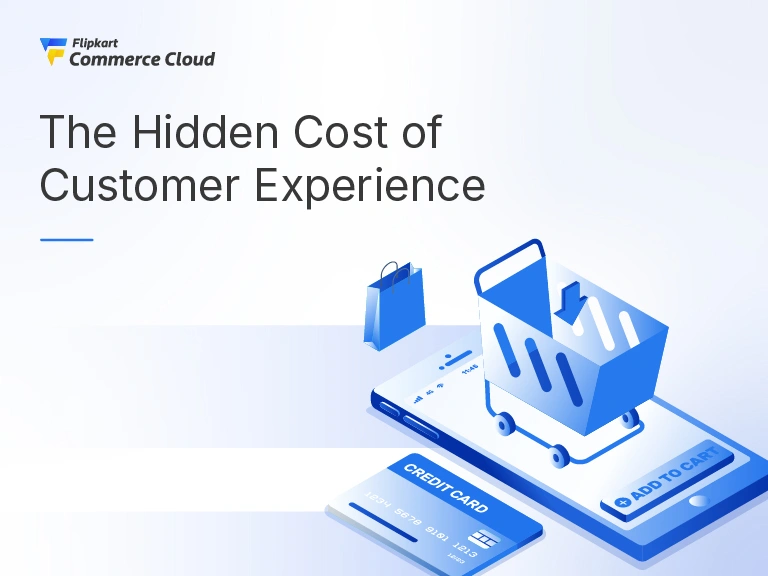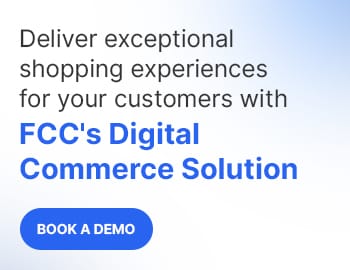We’ve been in (and led) the retail and digital commerce business long enough to know one ultimate truth: superior customer experience has the biggest impact on how well and fast you grow.
Having worked with global ecommerce leaders and monitoring the market closely, we’ve also seen that there’s a significant customer experience gap that retail players are struggling to fill.
And the data backs this up. On average, there’s a:
- 30-40% drop between product page and cart
- 40-60% abandon between cart and checkout
- 20-30% leave during payment
- 5-10% abandon before confirmation
So what that really boils down to is that only 5-6% of shoppers complete the full purchase journey. That’s 94% of revenue evaporating from your balance sheet.
Each friction point in your commerce funnel correlates precisely with revenue loss.
|
"Retailers who solve for these touchpoints will stand to gain a lot. But delivering this is complicated considering they're managing millions of SKUs, complex promotions, strategic pricing, supply chain management, and multiple moving parts." — Praveen SNSS, Senior Director at FCC, at eTail Australia |
For retailers managing complex ecosystems with millions of SKUs, numerous promotions, and intricate pricing strategies, addressing these friction points systematically creates measurable economic outcomes that compound across the entire business.
The FCC team spoke about the ecommerce experience gap extensively at Shoptalk 2025 Las Vegas as well as eTail Australia, and the role of robust and end-to-end digital commerce technologies in reducing this gap.
How Friction Burns Your Bottom Line
Cart and checkout systems often buckle under pressure at scale, introducing latency that directly correlates with abandonment. And the true cost of this friction extends beyond lost immediate sales:
- Rising CAC when carts are abandoned
- Higher support costs from confused customers
- Negative word-of-mouth and reputation damage
- Competitor comparison shopping during delays
Each friction point identified in the customer journey equals a quantifiable revenue opportunity.
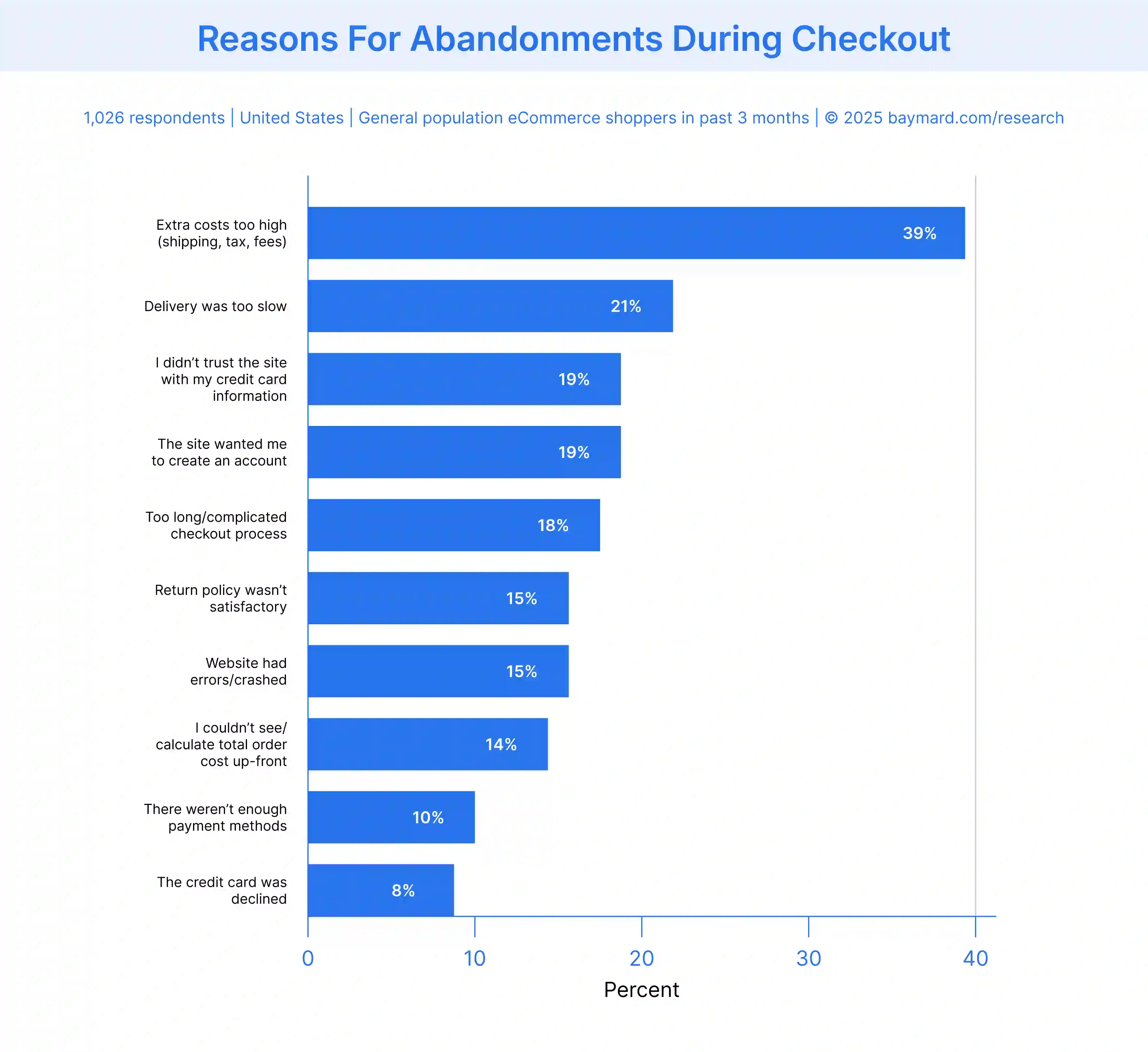
At FCC, we’ve built a sophisticated cart and checkout engine that maintains sub-100 millisecond latency, even when applying thousands of promotions simultaneously. This means no more friction, and fewer abandonments.
|
"If you see in a lot of retailers the cart and checkout latencies get impacted when a lot of products get added to the cart because there are a bunch of promotions getting applied. Our platform is built in a certain way where the latencies are sub-100 milliseconds, even though the cart is really big in size and thousands of promotions and offers are applied." — Praveen SNSS, Senior Director at FCC, at eTail Australia |
For retailers managing complex catalogs and promotions, each improvement at key journey stages compounds into significant annual revenue increases.
When Personalization Becomes Profitable
Generic experiences dramatically underperform personalized journeys. Most retailers struggle with at least one of the three technical foundations needed:
- Deep behavioral data
- Real-time processing capabilities
- ML models trained on relevant retail datasets
This is what our intelligent and data-led personalization engine solves for.
|
"Our personalization engine looks at each and every customer and provides the right product view and experience. We know which seller performs how, what products they sell, which products they would sell better. Bringing together all this information, we provide the right shopper experiences so the retailer can maximize sales and margins." — Praveen SNSS, Senior Director at FCC, at eTail Australia |
The system harnesses years of patterns from hundreds of millions of customers and billions of transactions. And this directly translates into growth through:
- AOV increases through relevant recommendations
- Reduced browse and cart abandonment
- Higher omnichannel campaign effectiveness
- Long-term loyalty building through consistent personalization
Our customers deliver data-led personalization by automating supply and demand data mapping to deliver the right content and products to the right users at the right time.
This level of personalization creates compounding economic benefits over the customer lifecycle.
Why Channel Unification Creates Economic Value
Channel silos create concrete costs that hit margins directly through inventory inefficiencies and stockouts, duplicated marketing spend across channels, inconsistent pricing that creates customer confusion, and fragmented customer data that severely limits personalization.
Eliminating silos and unifying ecommerce operations is exactly what our composable digital commerce solution is purpose-built for: end-to-end efficiency on a unified, data-led engine.
|
"Everyone has been trying to solve this issue in bits and pieces. But at FCC, we have one single unified platform with unified customer, unified order, unified inventory, unified loyalty—which actually eliminates the gap between the offline world and the online world."— Praveen SNSS, Senior Director at FCC, at eTail Australia |
FCC’s implementation with Massmart in South Africa demonstrated how unification creates immediate economic value.
We launched their marketplace end-to-end: right from storefronts, UI/UX, catalog management, smart search, personalization, ML-led pricing and promotions, advanced cart and checkout, order and warehouse management systems, inventory management systems, and integrated omnichannel CRM, and even in-store capabilities.
These capabilities deliver quantifiable impact:
- Inventory carrying cost reductions
- Fulfillment optimization based on proximity and cost
- Lower return rates through better product information
- Higher customer lifetime value through consistent experiences
By eliminating gaps between online and offline worlds, channel unification creates measurable financial efficiencies that directly impact the bottom line.
The Direct Impact of Strategic Pricing Decisions
Most retailers face significant pricing challenges, primarily because of:
- Inability to respond to competitive changes quickly
- Limited ability to predict demand elasticity
- Manual processes causing pricing errors
- Lack of unified view across channels
This is where the real value of modern pricing technologies and approaches deliver real results.
For instance, FCC's ML-powered pricing tool generates 3-5% revenue lift and 4-7% margin improvement for retailers by leveraging real-time competitive intelligence.
|
"Managing pricing and promotions for such a huge catalog is a big task. But with FCC’s pricing tool, our customers can scrape data at scale, build competitive intelligence as well as assortment intelligence. |
The system conducts extensive web scraping with 98% data accuracy, then applies sophisticated pricing algorithms to optimize for specific business goals.
Direct Economic Outcomes of Sophisticated Pricing
This intelligence translates directly to financial outcomes:
- Margin optimization without volume loss
- Strategic price leadership in key categories
- Enhanced supplier negotiations backed by data
- Better inventory turnover through elasticity insights
Also Read: How This Ecommerce Giant Used FCC Competitive Intelligence To Get Topline Improvement
Converting Your Data Into Revenue Streams
Retail media networks (RMNs) transform traffic from cost center to high-margin profit driver, creating value through:
- Direct monetization of existing site traffic
- Non-competitive revenue streams
- Higher-margin business compared to product sales
- Funding source for other CX improvements
|
"Retail media brings a lot of margins and EBITDA because it's a highly profitable business."— — Praveen SNSS, Senior Director at FCC, at eTail Australia |
But building an RMN ecosystem from the ground up is a significant capital and time investment. Sluggish time-to-value offsets the revenue gains retailers can see from monetization, and out-of-the-box solutions are too rigid to consider at an enterprise level.
This is why we’ve built FCC's cookieless retail media platform that leverages:
- Zero-party data for targeting, enabling display ads, product listing ads, and contextual ads with relevant intent
- End-to-end performance tracking with direct attribution that demonstrates clear ROI for advertisers while preserving customer experience
The results speak for themselves: 1.2x better CTRs, 40% higher fill rates, 120% greater ROAS, and 40% higher CPM compared to generic adtech solutions.
For retailers with established traffic, retail media represents one of the fastest paths to improved profitability.
Also Read: How This Retail Giant Drove 5x Revenue Growth With FCC’s Retail Media Solution
Experience Excellence Equals Economic Growth
Customer experience excellence creates economic growth through a virtuous cycle.
Investments in CX infrastructure yield quantifiable returns across conversion rates, average order values, return rates, and customer lifetime value.
Each friction point addressed represents a concrete revenue opportunity with measurable ROI. By systematically tackling these challenges with appropriate technology, you create economic outcomes that compound across your entire business.
The retailers who recognize customer experience as their most powerful economic engine will capture disproportionate market share.
Those who continue treating it as a cost center will watch their margins erode as customers move to competitors offering smoother journeys, all at predictable abandon rates that translate directly to lost revenue.
More Blogs
See how retailers and brands are winning with FCC
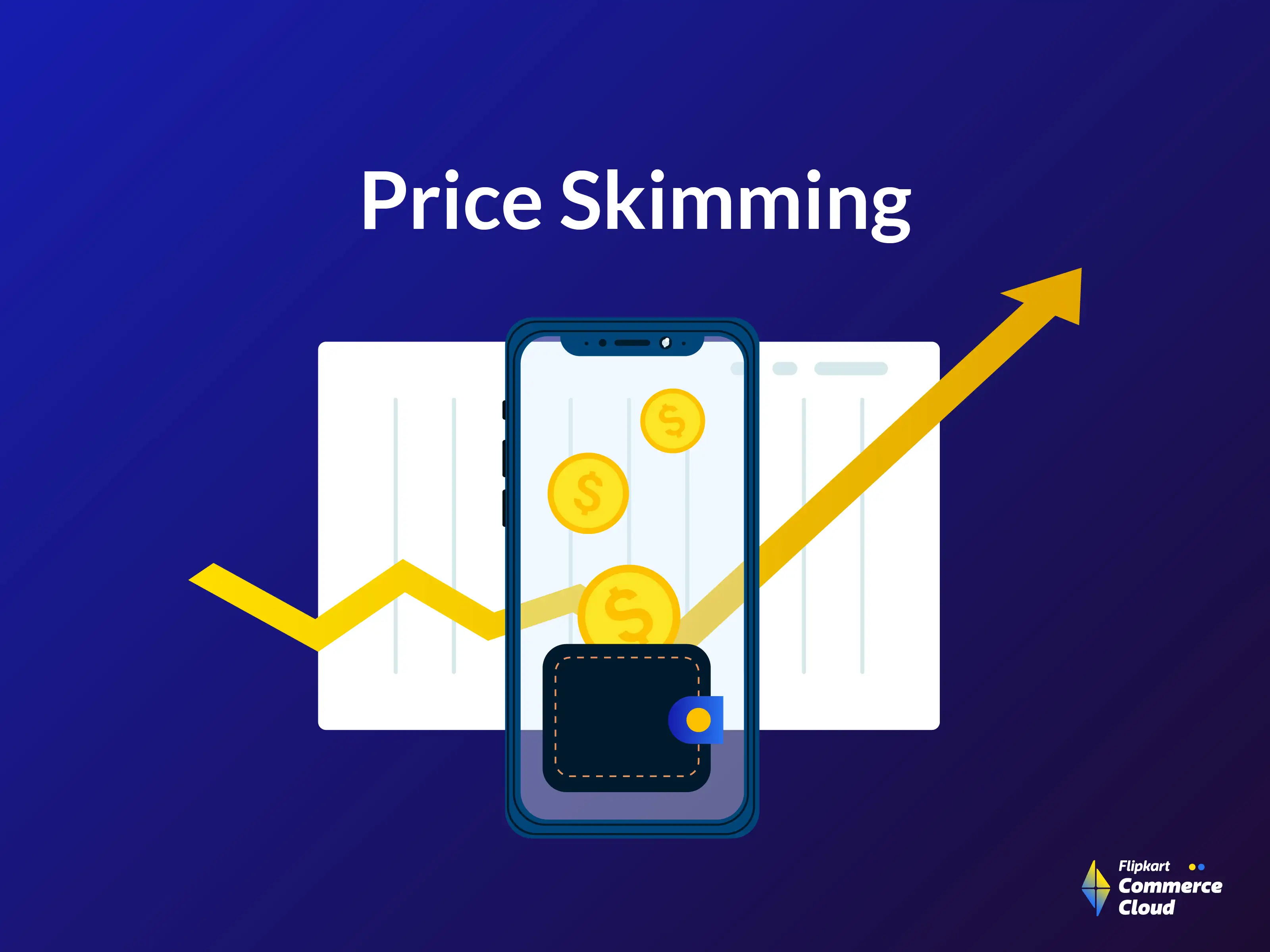
Everything About Price Skimming Strategy Explained
Read More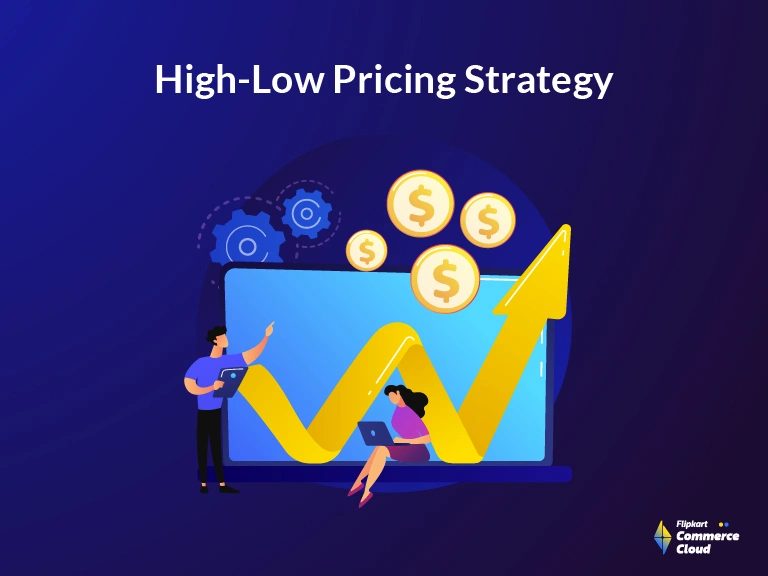
What is a High-Low Pricing Strategy?
Read More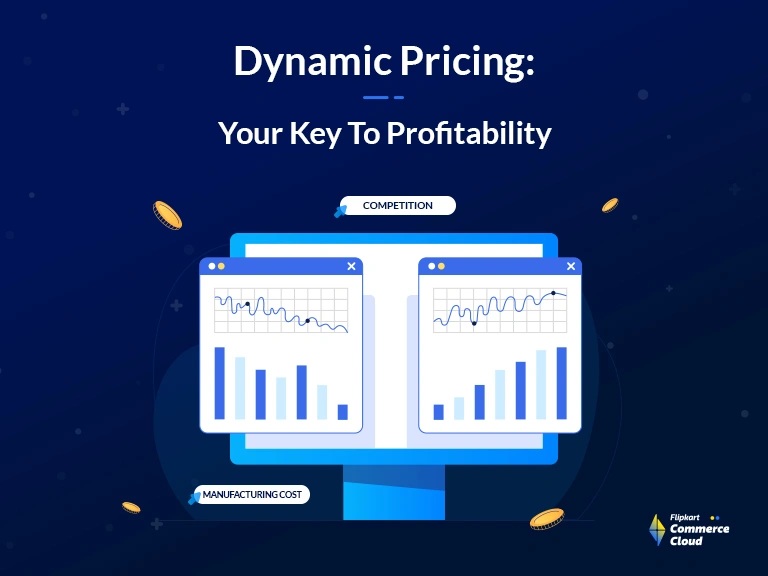
Ultimate Guide To Dynamic Pricing Strategy In 2025
Read More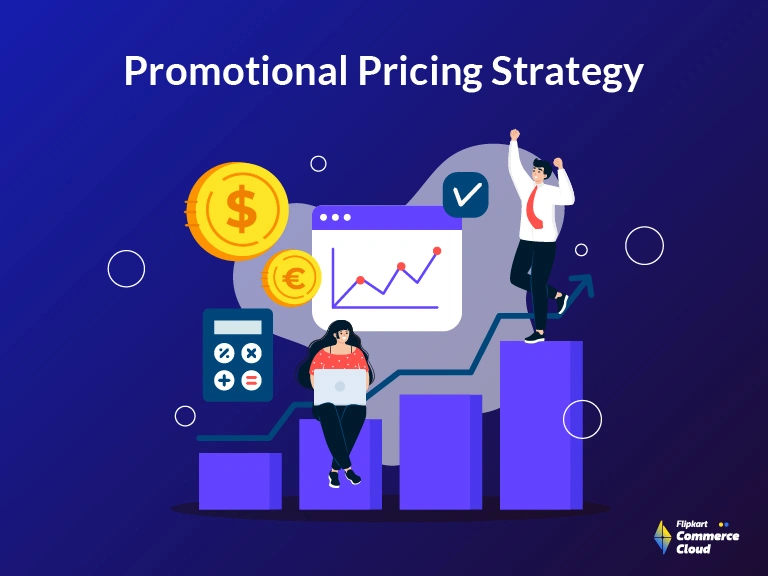
Retail Pricing Strategies: Winning with Promotion Pricing in Competitive Markets
Read More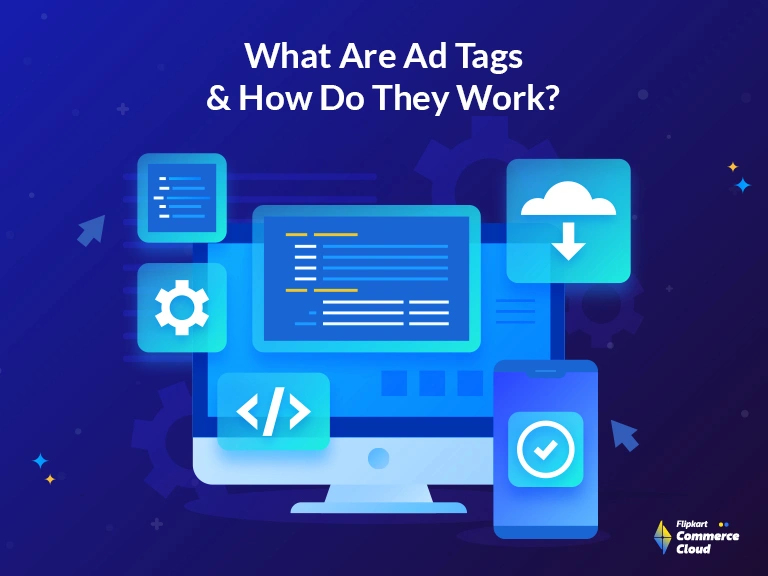
Ad Tags: Enhancing Ad Serving Efficiency in Large-Scale Campaigns
Read More